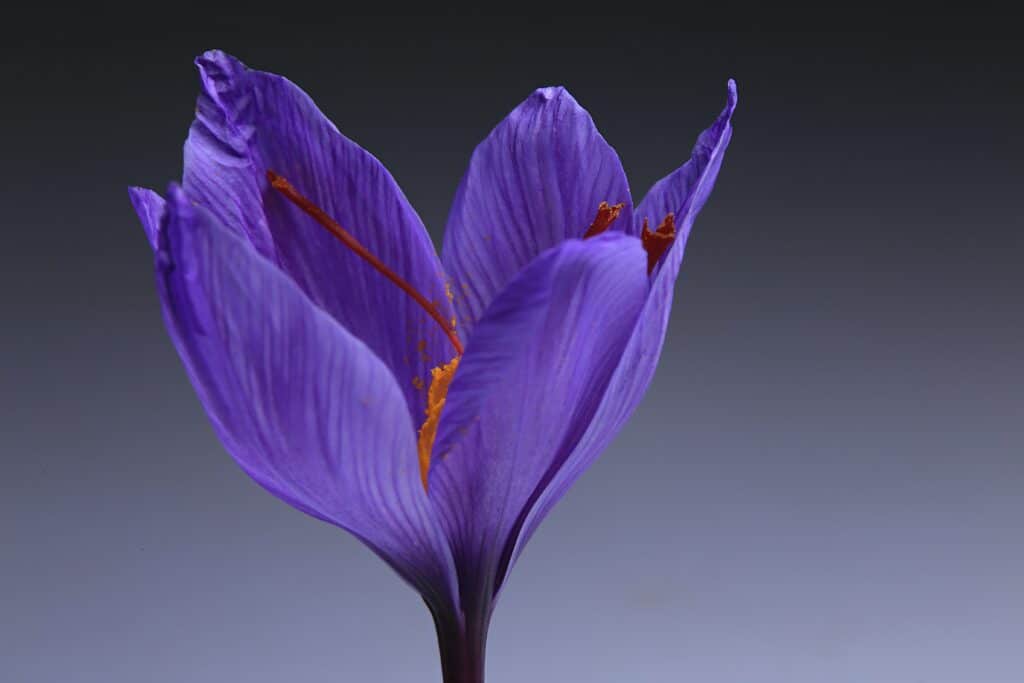The world’s most expensive spice
Saffron is prized for its unique flavor, aroma, and coloring properties. Its high value stems from the labor-intensive process of harvesting and preparing the spice. Saffron is derived from the Crocus sativus flower, commonly known as the saffron crocus. Each flower bears three delicate, thread-like stigmas, which are the saffron threads. These threads are meticulously handpicked and then dried, a process requiring significant labor for just a small yield; it takes about 75,000 saffron crocuses to produce a single pound of saffron spice.

Photo by Benyamin Bohlouli on Unsplash
The quality and grading of saffron
The highest quality saffron is known for its deep red color, long and unbroken stigmas, and a potent, sweet aroma. The grade of saffron is often assessed through laboratory testing for criteria such as crocin (color), picrocrocin (taste), and safranal (aroma) content. Higher concentrations of these compounds indicate a higher quality product.
There are generally three main grades of saffron:
“Coupe,” “La Mancha,” and “Rio”. “Coupe” grade represents the highest quality, with long, deep red stigmas, delivering the most intense flavor and color. “La Mancha” has slightly shorter stigmas, with a bit of yellow, and offers a good balance of quality and value. “Rio” grade is more affordable but has shorter stigmas with more yellow and less flavor and coloring capacity.
The price of saffron
This is influenced by its grade, origin, and the labor involved in its harvesting and processing. High-quality saffron, particularly the “Coupe” grade, commands a premium price due to its superior color, flavor, and aroma, as well as the labor-intensive process of handpicking and drying the delicate stigmas. Lower-quality saffron, which may include broken stigmas and more floral waste, is less expensive but lacks the intensity of higher grades.
Consider the intended use
Purchase high-quality grades for culinary dishes where saffron is a key ingredient, and lower grades for infusions or as a colorant. Reputable sources should be sought out to ensure authenticity, as the saffron market also has counterfeit or adulterated products. The packaging of saffron is also important; it should be stored in a cool, dark place and ideally in airtight containers to preserve its quality.

